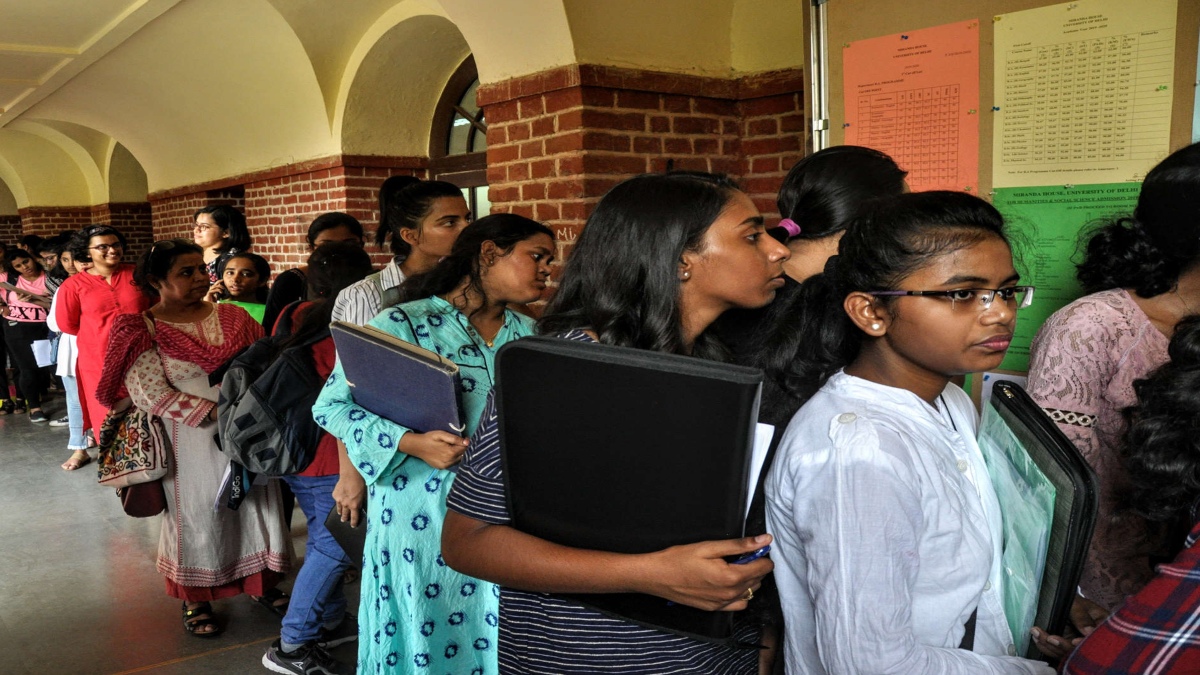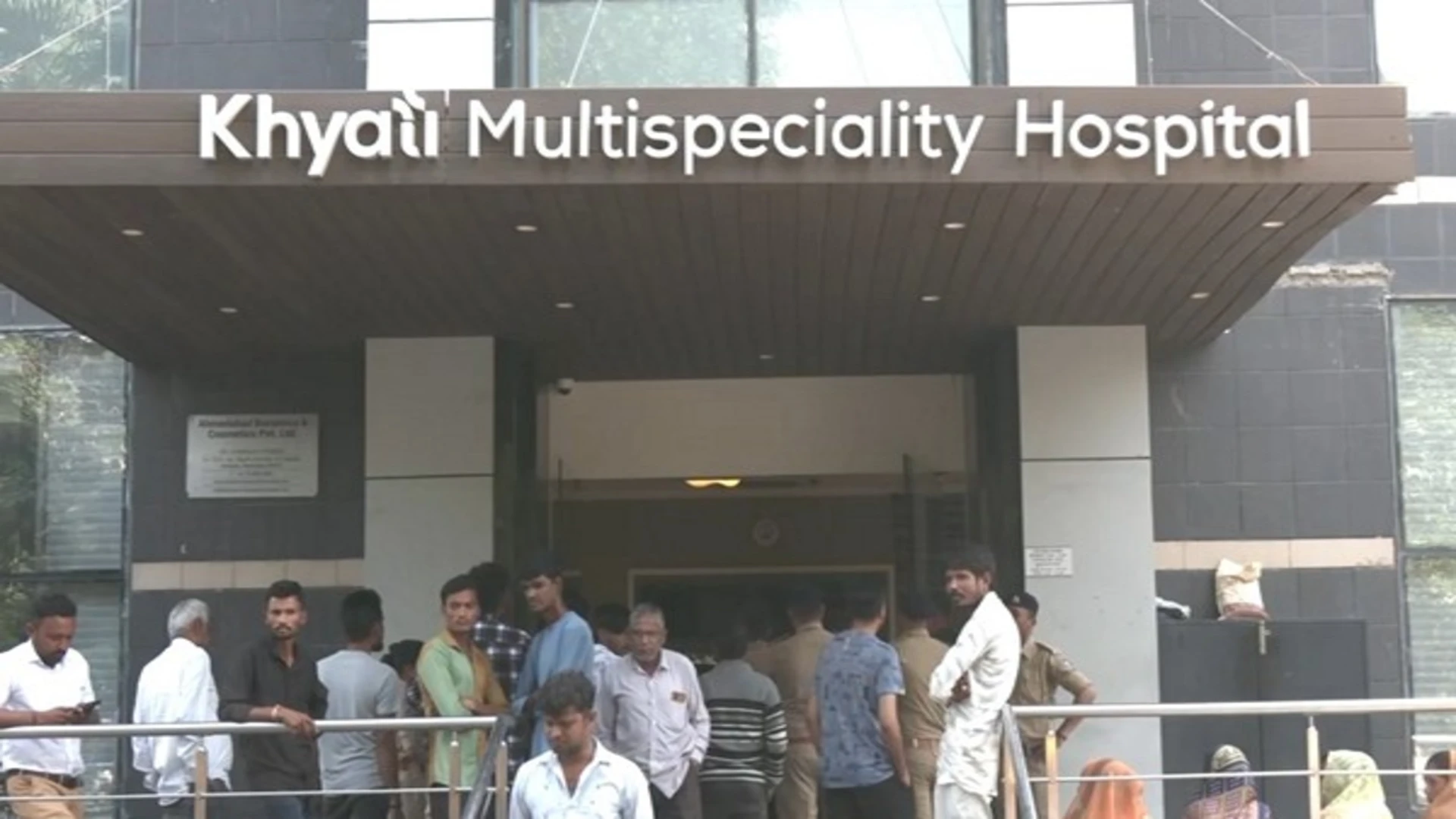
The Indian university system during its formative years was pretty enthused with a natural desire to compete with itself to get better insights into its strengths as well as shortcomings. Teachers were passionately committed to attaining excellence both in teaching and research. Most of them were reasonably proficient at recognizing the potential of individual students and providing them with differential treatment to ensure that everyone learns at his or her own pace. This initial enthusiasm started experiencing a gradual decline in academic standards with a surge in the number of universities over a period of time. The force of circumstances compelled the University Grants Commission (UGC) to invoke section 12 (ccc) of the UGC Act, 1956 to establish the National Assessment and Accreditation Council (NAAC) in 1994 to bring about qualitative improvement in higher education. Such reform initiatives were launched long ago in the western world and were a bit late in the day for India, but it was worth the effort.
The idea of accreditation was first mooted as long ago as 1784 in a meeting of the Board of Regents that was constituted to oversee educational responsibilities in the city of New York. Since the mandate of the Board was to make necessary recommendations for the introduction of new subjects, providing state-aid and improvement of academic standards, it decided to visit and inspect all educational institutions for the purpose of ascertaining their academic and financial requirements. The Board continued to perform the role of an accrediting body until 1914. Thereafter, the job was taken over by the Association of American Universities which, along with other responsibilities, started accrediting undergraduate programs of its member institutions. The process of accreditation was given a qualitative orientation with the entry of some other key players like the North Central Association and the American Medical Association during the period 1935-48 and the Council of Post-Secondary Accreditation in 1975.
There are many different systems of accreditation across the globe. Germany has more than ten certified agencies that are accrediting management systems and academic programs offered by state-recognized institutions. Greece has a mandatory system of accreditation which is carried out by the government-controlled supervisory body known as the Hellenic Quality Assurance and Accreditation Agency. France has a separate system of accreditation for public and private universities although it is carried out by the Ministry of National Education. Israel has a Council for Higher Education which is responsible for laying down requirements for every degree as well as for accreditation of all universities and colleges. Italy has had a system of accreditation since 1933. There it is the responsibility of three major organizations wherein the norms are jointly laid down by the Regional Coordination Committee and the National University Council which are approved by the Ministry of Education. Some of their professional programs are accredited by independent agencies and associations. Japan has a third-party quality assurance mechanism. There are as many as thirteen accrediting agencies including the Japan University Accreditation Association (JUAA) and Japan Institution for Higher Education Evaluation (JIHEE) that are certified by the government to accredit all tertiary institutions.
England has a Quality Assurance Agency (QAA) which carries out quality assessment reviews with the help of peers. It also acts as a regulator for higher education and thus lays down academic standards in the form of subject-specific benchmark statements. These statements are written and maintained by subject experts for a specific period. The focus of such reviews is on the systems that are placed by individual institutions to ensure quality and excellence in terms of curricular provisions, pedagogical processes and degree requirements. Universities enjoy complete autonomy in determining their own standards for award of degrees and other qualifications. However, they have to align these standards with UK qualifications frameworks. Besides, they have to demonstrate during peer reviews that their performance surpasses the national threshold standards, which are maintained in the form of quality code by the QAA. The accreditation for professional courses is carried out either by statutory councils or by professional bodies.
The United States of America has always been quite serious about stringent educational standards. They have a multilayered system of assessment and accreditation that has undergone many changes during its journey from the earliest time of 1784 to date. There are about half a dozen primary regional accrediting organizations recognized by the US Department of Education or by the Council for Higher Education Accreditation (CHEA). They are carrying out these exercises on a voluntary basis, both at the regional and national levels. Thus an institution in the US can hold multiple accreditations at a time, which is of great value since it qualifies the institution to get state aid on the one hand, and on the other it enables students and parents to make an informed choice about the selection of institution and programs therein. The most striking aspect of US accreditation is that apart from quality assurance, it is also used as a means to protect institutions from any type of external interference.
There was also a keenly felt need to have an accreditation apparatus in India as quality concerns began to emerge due to the haphazard growth of universities and colleges. Since there was a general consensus on this issue among policymakers and the academia, it found its rightful place in the National Education Policy (NEP), 1986 and Program of Action (PoA), 1992. Pursuant to the recommendation of the NEP, the National Assessment and Accreditation Council (NAAC) was established in 1994 as an autonomous organization of the UGC. The basic idea behind this initiative was to help individual institutions know their competence as well as shortfalls through a combination of self and peer evaluation, to enable them to overcome their inadequacies in a timely manner. The focus of this exercise has never been on making inter-institutional comparisons.
The NAAC adopted almost a similar strategy to what the accrediting organizations were following in America. There has not been any marked difference between the two insofar as scope of criteria and stages of implementation are concerned. The only difference between the two lies in the number of criteria and the numerical methods used to arrive at the final conclusion. The NAAC has been following almost a no-change strategy since 1999 when it was made mandatory, except for some minor changes like accelerating the pace of processing, ensuring objectivity and transparency, shortening the duration of on-site visits and institutional grading system. Currently, the NAAC has been using an eight-point grading system ranging from “A++”, implying “Accredited” with Cumulative Grade Point Average (CGPA) between 3.76 to 4.00 to “D” implying “Not Accredited” with CGPA of less than 1.50.
When NAAC was established in 1994, it was assumed that universities would participate on a voluntary basis without any constraints of irrevocable commitment, as it would benefit them the most. But somehow, that assumption turned out to be mistaken since most of them showed an ambivalent attitude towards accreditation. After a long wait of five years, accreditation was made mandatory, and all universities were asked to get themselves accredited by the end of December 2000. But despite numerous proactive steps taken by NAAC and incentivization offered by funding organizations, it did not make much difference anyway, as is evident from the analysis of the aggregated data of different cycles of accreditation.
It may be pertinent to mention that analysis of aggregated data has its own significance, despite certain limitations, since it provides trends and relevant insights into the real causes of successes and failures. The aggregated data on accreditation reveal that the response of universities continued to be utterly inexplicable and regressive. It is deeply shocking that out of a total of 982 universities, only 228 universities (23%) have a valid accreditation status. The remaining 754 universities (77%) have either lost their validity period or not gone for a repeat cycle of accreditation or not yet gone even for their first cycle of accreditation. What is even more shocking is that only a fraction (5%) of them (228) has been able to make a cut to the highest grade (A++). It was followed by another 28 with A+, 89 with A, 22 with B++, 23 with B+, 43 with B and as many as 11 with the lowest grade C. It signifies that the number of quality institutions in the country is far too little than needed.
Considering the wide variations amongst various types of universities in terms of their numbers, programs and governance patterns, it is indeed surprising to note that there has been only a marginal difference insofar as procedures for regulatory compliance and gradation of their accreditation status are concerned. It is clear that a large number of universities are found wanting to comply with the provisions of UGC’s mandatory assessment and accreditation regulations. The number of such universities that do not have a valid accreditation status is as high as 87% in State Private Universities, 76% in State Public Universities, 59% in Deemed to be Universities and 52% in Central Universities. It shows a lackadaisical approach towards accreditation on the part of the leaderships of many universities.
It is incredible to note that there are just 12 universities, out of the 228 with valid accreditation status, which have secured the highest grade (A++) in accreditation. Of them, 9 turned out to be Deemed to be Universities, 2 Central Universities and just one State Public University. None of the State Private Universities could make the cut to the top grade. There are 28 universities which have crossed the finish line together to secure the second highest grade (A+). Of them, 13 emerged as Deemed to be Universities, 11 State Public Universities, 3 State Private Universities and just one Central University. Besides, there are as many as 89 universities that have attained the third highest grade (A). Out of them, 46 happened to be State Public, 21 Deemed, 13 Central and 9 State Private Universities. The rest of the 99 universities with valid accreditation status have settled with lower grades ranging from B++ to C.
One of the first things that is noticed from this analysis is that Deemed to be Universities have registered a much better performance than all others, which includes the Central Universities. While this development should cheer many, it should also set off alarm bells amongst the Central and the State systems. Given such inequalities on quality parameters coupled with other constraints, people have horribly limited choices when they are looking for quality institutions.
It is disheartening to note that even those universities that are supposed to be pace-setting and more privileged than others are not doing any better really. Universities need to cultivate a genuine respect and consideration for the system painstakingly designed and nurtured by regulators and wholeheartedly supported by successive governments for perpetual benefits to all stakeholders. If this attitude, that has deceived the system far too long, persists then it is going to severely impact all quality initiatives and that too at a time when accreditation is going to be a defining characteristic of modern Indian higher education.
The author is former Chairman, UGC.















